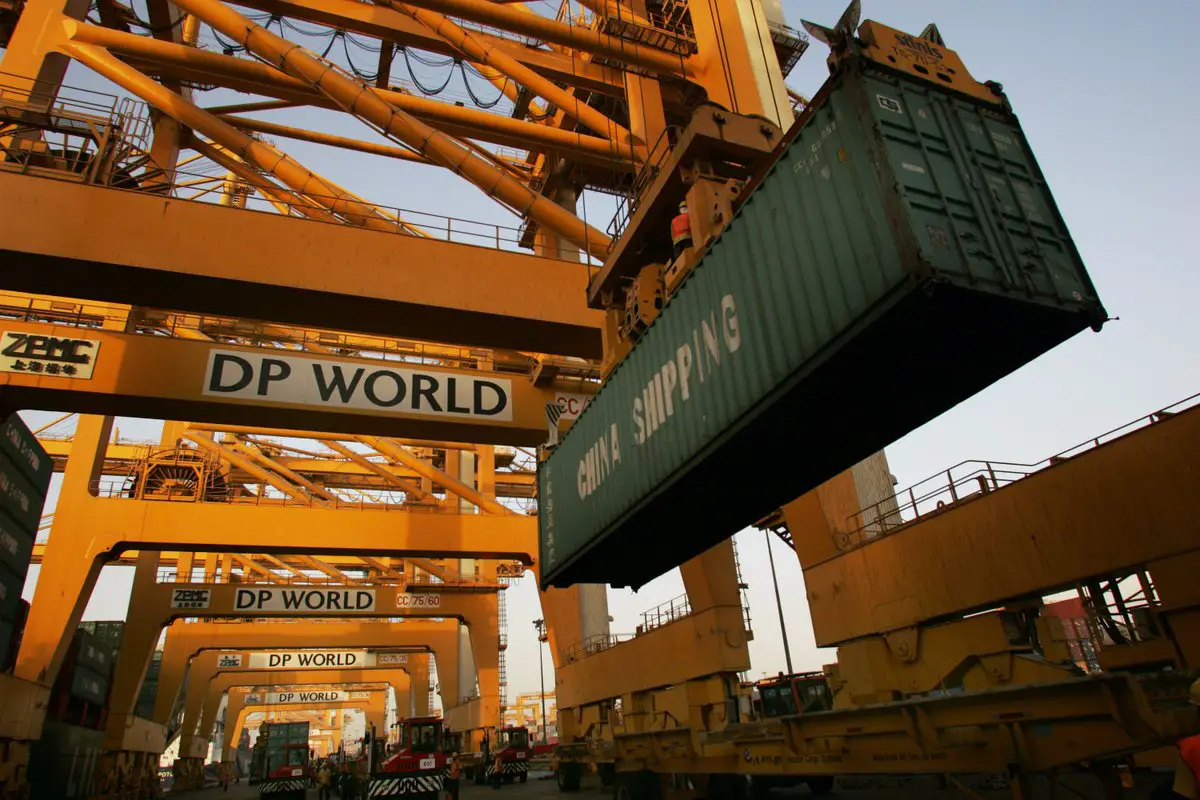Dubai manufacturing is the 2nd strongest economic growth driver among non-oil sectors. In terms of its GDP contribution, it raked in 12.9% share in 2007 and 12.2% in 2008, at both times placing 2nd only to the hydrocarbon sector.
This consistent performance reflects the government’s heavy investment in the manufacturing sector. Realizing how crucial the manufacturing sector’s role in diversifying the economy the government took many innovative policy initiatives which supported the growth of free zones. As the economy grows, the demand for finished products and materials increases. By the third quarter of 2008, an official report placed the total cumulative industrial capital value of all non-oil and gas industrial projects in the UAE to be exceeding US$ 20 billion, accounting for about 290,000 jobs. This new wave of manufacturers is catering to the ‘new economy' providing machinery and tools for industries related to construction, shipbuilding, infrastructure, power generation, and even retail.
The manufacturing industry Free Zone has the highest added value among the various sectors. This sector, which is targeted by the government, is used as a means to achieve sustainable growth, either backward towards raw materials or forward towards medium and final products. Across the country, various emirates are pushing initiatives to develop industrial centers to cope both with the demand and the vision of being the world’s most dynamic manufacturing hub.
Abu Dhabi has been successful with its Industrial City of Abu Dhabi operations. The first Industrial City of Abu Dhabi (ICAD 1) includes economic zones for base metals, building and construction products, electronics, plastics manufacturing, and automotive industries and has already attracted US$2.99 billion in investment. ICAD 2 has already attracted nearly US$1.63 billion with new projects including air conditioning water chillers, architectural hardware, and aluminum windows and doors manufacturing. ICAD 3, 12 sq km in size, is scheduled to be completed in October at a cost of Dh1.2bn. The ICAD zones have been built in a public-private partnership model that includes the cost of roads and sewerage and irrigation systems. Separately, water and electricity are handled by the Abu Dhabi Water and Electricity Authority. ICAD 4, which will be 24 sq km and cost Dh4bn to build not including electricity and potable water systems is in the master planning stage. ICAD 5 will be smaller, at 11 sq km, and cost Dh1.5bn. Halcrow has been appointed as the master planner.
A Dh8 billion (USUS$2.17bn) industrial zone in the Abu Dhabi desert for construction and building materials firms is one of a host of projects the Government is planning to industrialize the emirate. The 34-square-kilometer Al Fayah Industrial Zone, being constructed by the Higher Corporation for Specialised Economic Zones (ZonesCorp), reflects the Government's latest efforts to create industrial clusters to boost economic growth and diversify away from oil revenues. The location, 75km east of the capital, is also a sign of efforts to relocate industries away from residential areas and relieve congestion.
In Dubai, pulling its weight alongside the burgeoning number of free zones that support manufacturing in Dubai is the Dubai Industrial City. DIC is targeting US$2 billion in investment over the next five years. So far DIC has invested US$177 million and will build more than 500 factories for light and medium industries by 2015.”
Ras Al Khaimah Free Trade Zone (RAK FTZ) continues to prove its leading edge in innovation and technology as it tops the list of fDi Magazine's best free zones list in the Middle East. With its state-of-the-art facilities, friendly service, competitive rates, and continuing development, RAK FTZ earned the 17th position in fDi magazine's Top 100 Special Economic Free Zone of the Future 2008/2009 over stiff competition.
Most significant in the last year was the rapid progress of the manufacturing sector in the emirate of Sharjah. Sharjah Economic Development Department reported that its industrial GDP amounts to 48 percent of the UAE’s total industrial GDP.







